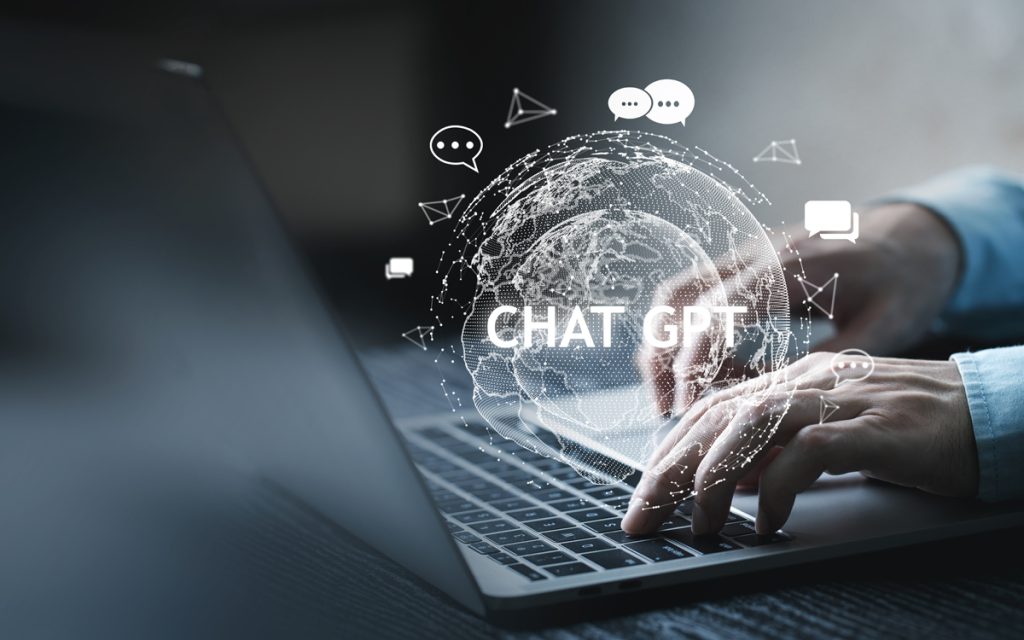The Evolution of Graphic Design: How ChatGPT is Transforming the Role


The world of graphic design has witnessed remarkable transformations over the past few decades. From the early days of print design to the digital age of web and mobile interfaces, graphic designers have adapted to new technologies and design trends. In this article, we’ll explore how the role of graphic designers has changed and how AI tools like ChatGPT are shaping this evolution.
The Digital Dominance
One of the most significant changes in the graphic design landscape is the shift from traditional print design to digital design. With the advent of the internet and the proliferation of digital devices, graphic designers are now primarily focused on creating content for websites, social media, mobile apps, and other digital platforms.
In the past, graphic designers would spend hours perfecting print materials, such as brochures, flyers, and posters. Today, they invest their time in designing websites, social media graphics, and interactive content that can reach a global audience in seconds.
ChatGPT’s Role in Digital Design
The integration of AI tools like ChatGPT has been instrumental in streamlining the digital design process. ChatGPT can assist graphic designers in several ways:
-
Generating Text Content: One of the fundamental aspects of digital design is creating engaging text content for websites, social media posts, and blogs. ChatGPT can generate text content, helping designers brainstorm ideas and develop compelling copy.
-
Idea Generation: ChatGPT can be used as a creative brainstorming partner. It can suggest ideas for website features, blog topics, or social media campaigns, sparking the designer’s creativity.
-
Content Templates: AI can recommend design templates that align with current trends and standards, saving designers time and effort in crafting layouts and visuals.
Automation and Templates
Graphic designers have also witnessed a growing reliance on automation tools and design templates. These tools have become more accessible and user-friendly, enabling designers to automate routine design tasks, such as resizing images, creating infographics, or generating social media posts.
ChatGPT can play a role in this aspect by providing designers with recommendations for automation tools and suggesting the most suitable templates for their projects. Designers can rely on AI’s knowledge and expertise to streamline their work and focus on more creative and strategic aspects of their projects.
Data-Driven Design
In the era of digital design, data plays a pivotal role. Designers are increasingly incorporating data-driven insights into their work. They utilize A/B testing, user analytics, and personalization to create designs that are not only visually appealing but also highly effective in achieving their intended goals.
ChatGPT can assist in interpreting data and making design decisions based on user preferences and trends. Designers can consult AI tools to better understand their audience’s behavior and preferences, leading to more informed design choices.
User-Centric Design
User experience (UX) and user interface (UI) design have become paramount in the digital design landscape. Designers are no longer just creating visually pleasing graphics; they are focused on ensuring that their designs are intuitive, accessible, and user-friendly.
ChatGPT can help designers brainstorm ideas for improving user experiences and suggest design best practices. It can also offer guidance on creating user-centric content that complements the design and enhances the overall user experience.
Content Creation and Copywriting
In addition to their design skills, many graphic designers are now expected to be proficient in content creation and copywriting. In the digital realm, visual and textual elements are closely integrated. An eye-catching design needs compelling content to convey its message effectively.
ChatGPT can assist in content creation by generating text for various design materials, such as websites, social media posts, and marketing collateral. It can help designers craft persuasive storytelling that complements their visual designs.
Collaboration and Communication
The modern graphic designer doesn’t work in isolation. They are often part of cross-functional teams and need strong communication skills to convey their design ideas effectively. Whether presenting proposals to clients, collaborating with developers, or working with marketing teams, effective communication is essential.
ChatGPT can serve as a valuable tool in this context. It can assist designers in crafting clear and persuasive communication for design presentations, proposals, and client interactions. By providing well-structured and articulate text, AI can enhance the way designers convey their ideas and collaborate with others.
The role of graphic designers has evolved significantly in the digital age. They have transitioned from print-focused artists to multifaceted professionals who need to adapt to the ever-changing digital landscape. AI tools like ChatGPT have become valuable allies in this transformation, offering support in content creation, idea generation, and data-driven decision-making.
As the design field continues to evolve, it’s essential for graphic designers to embrace these changes and leverage AI tools to enhance their creativity, efficiency, and ability to deliver exceptional design in the digital era. The partnership between graphic designers and AI is a testament to the continuous evolution and innovation within the world of design.
